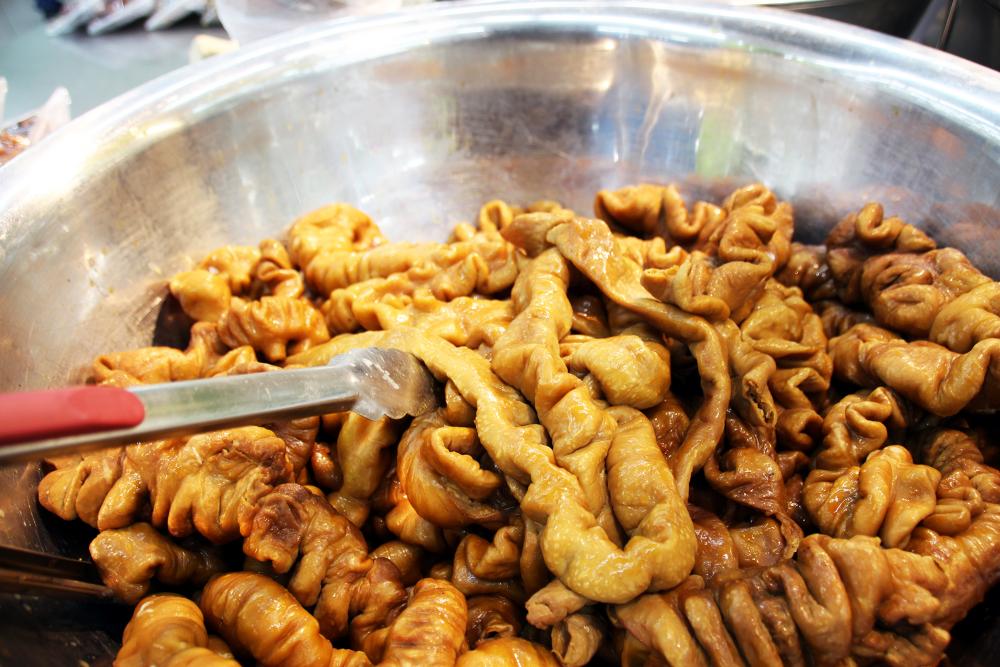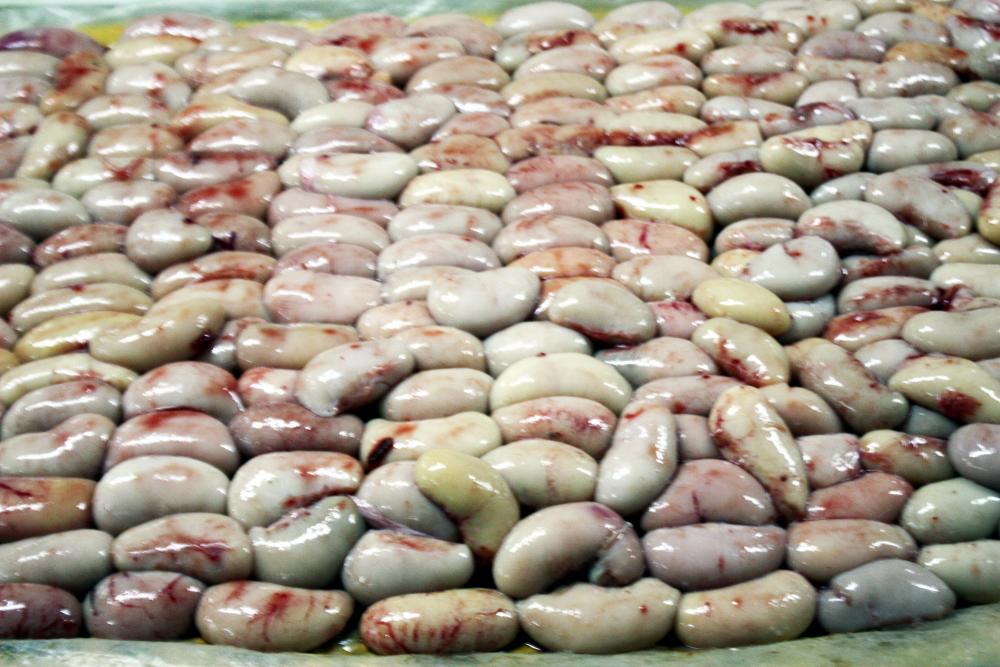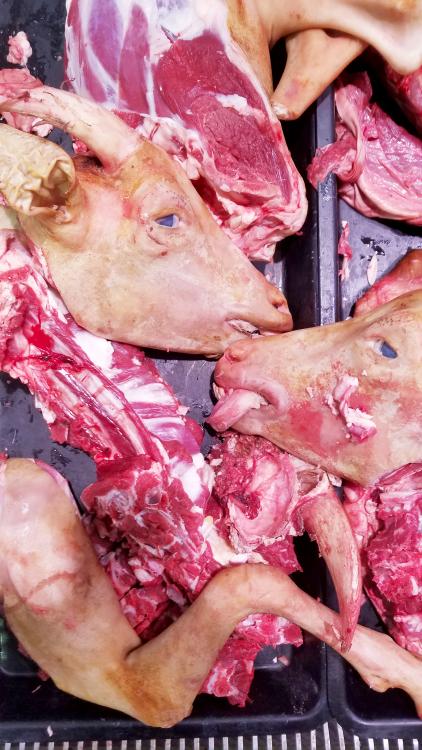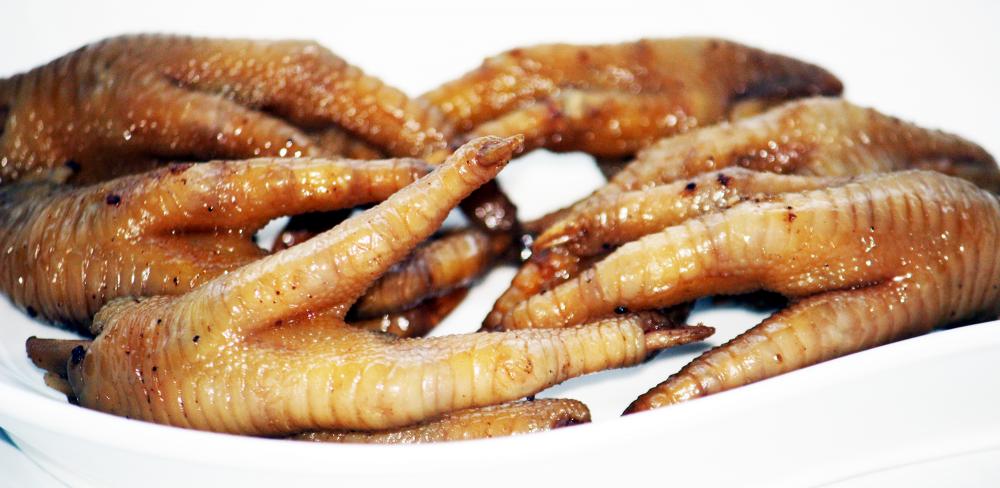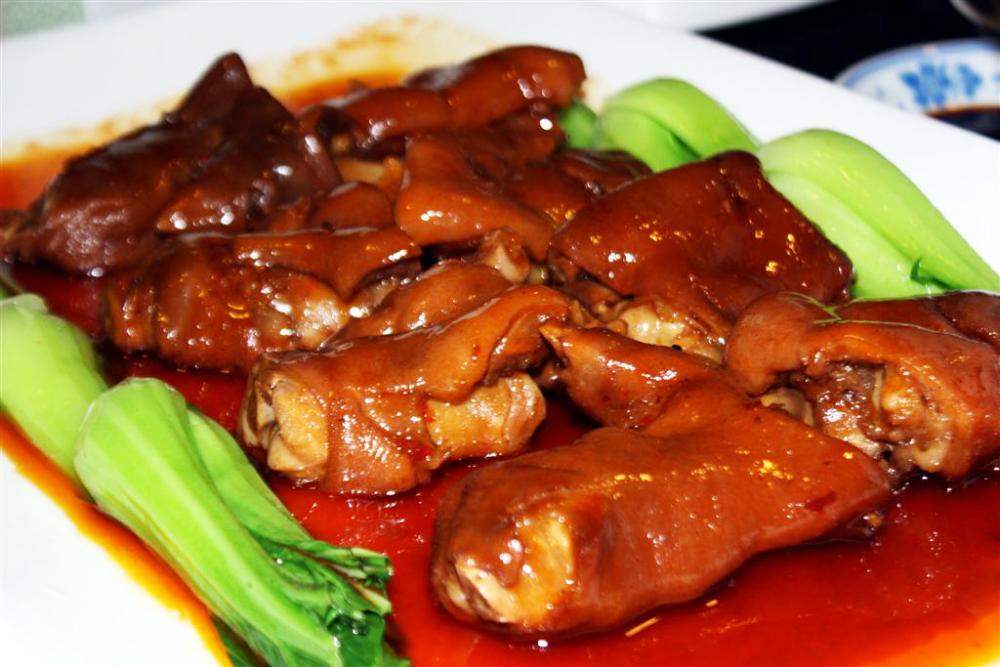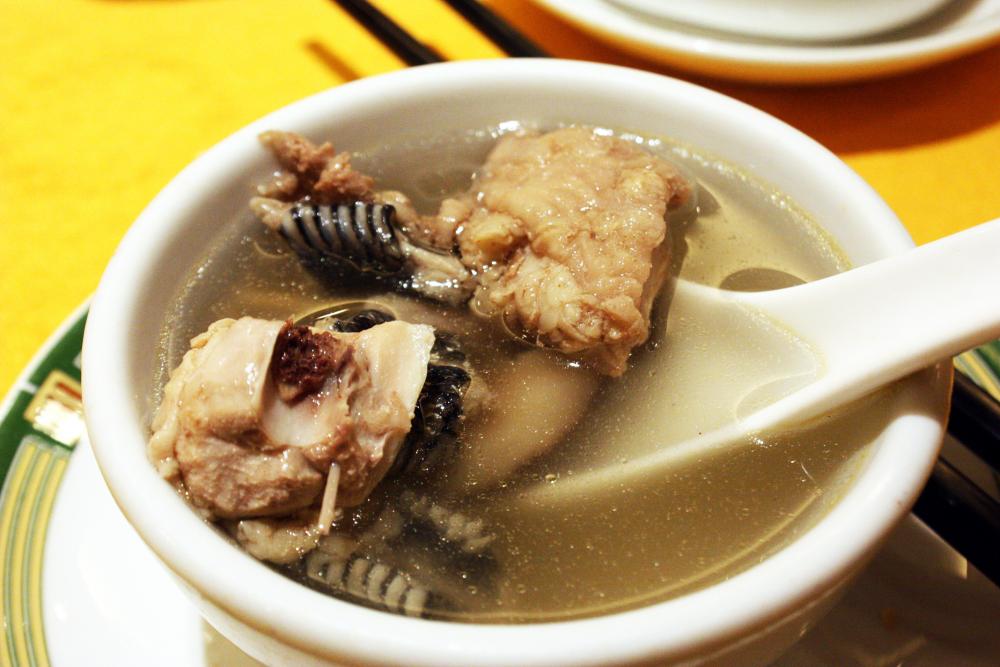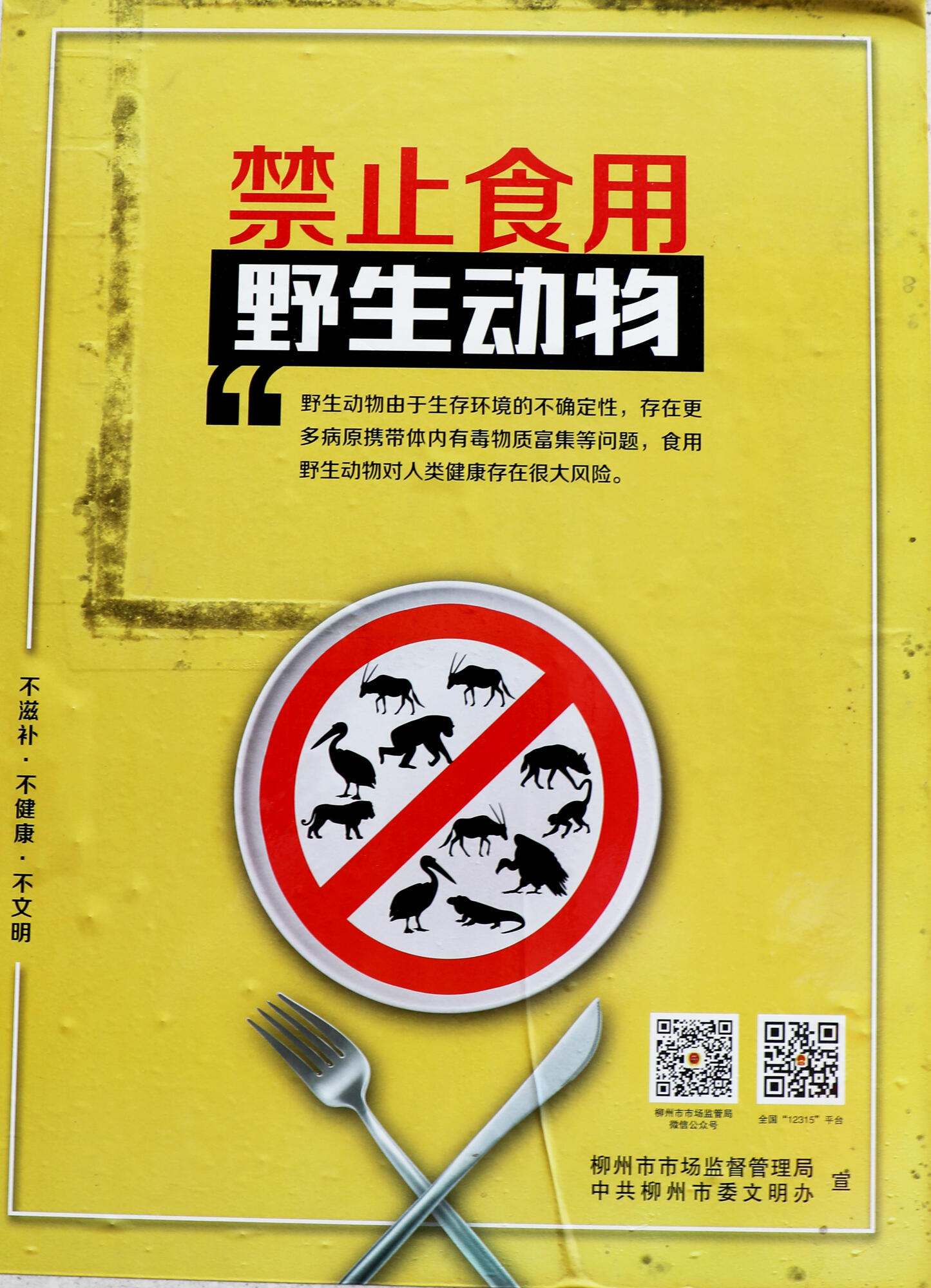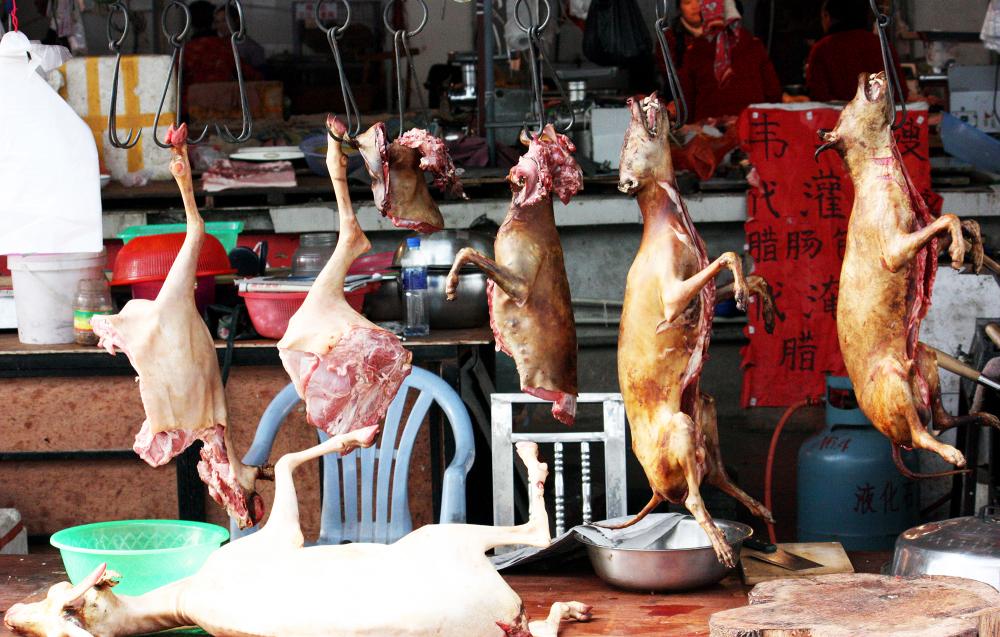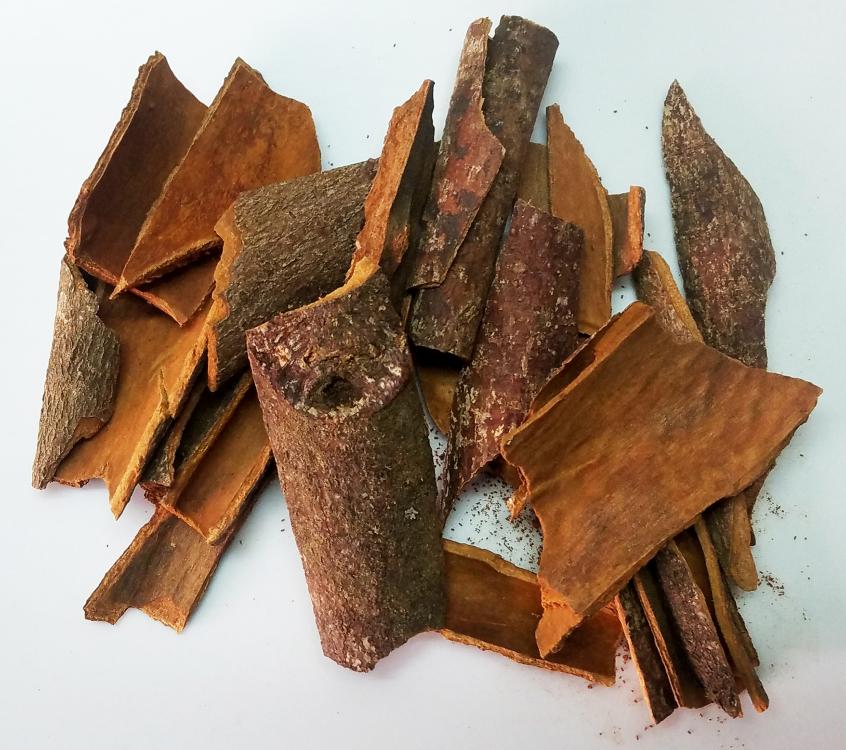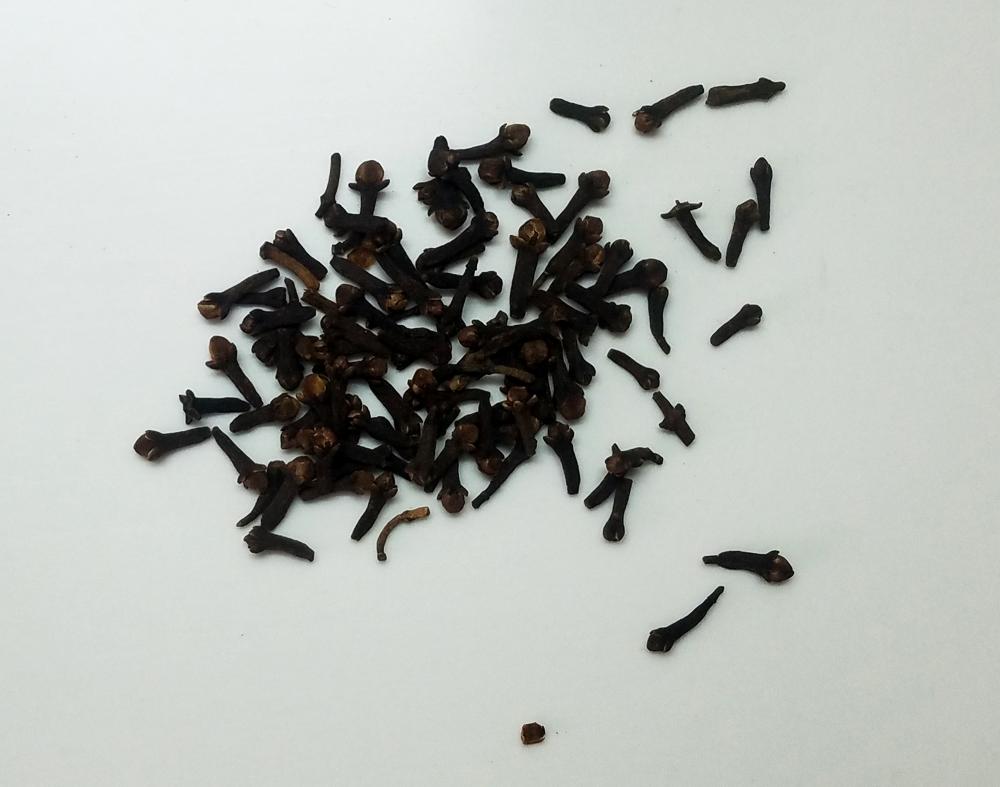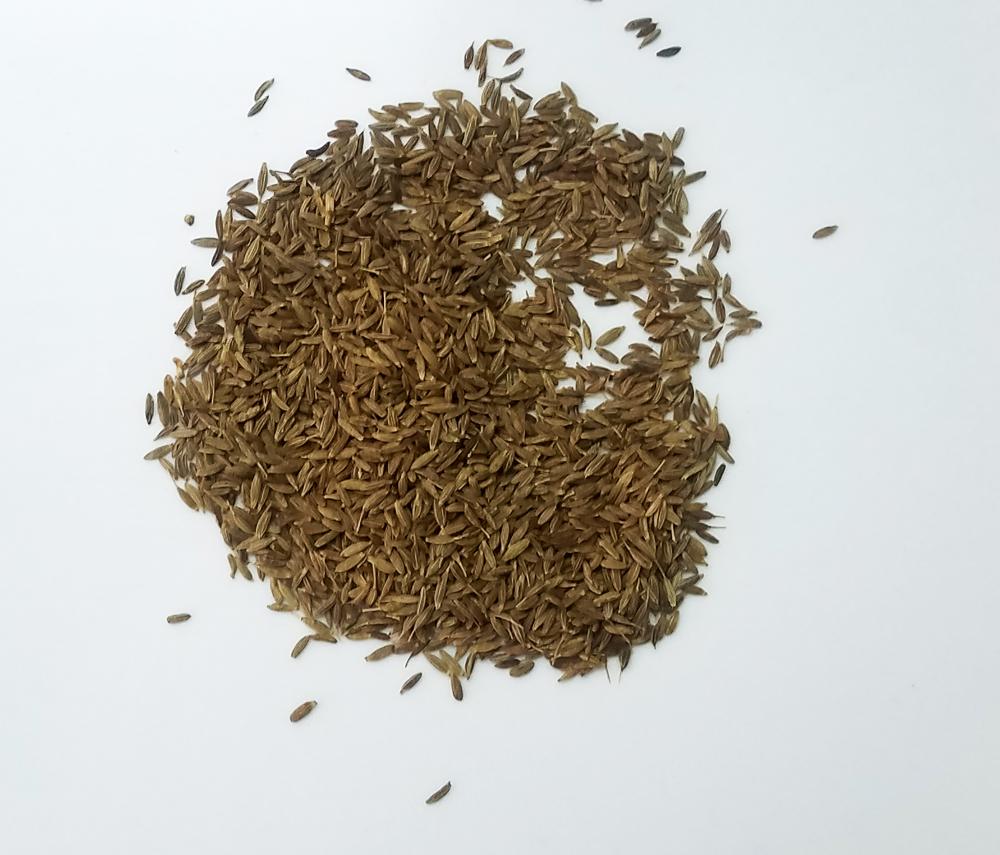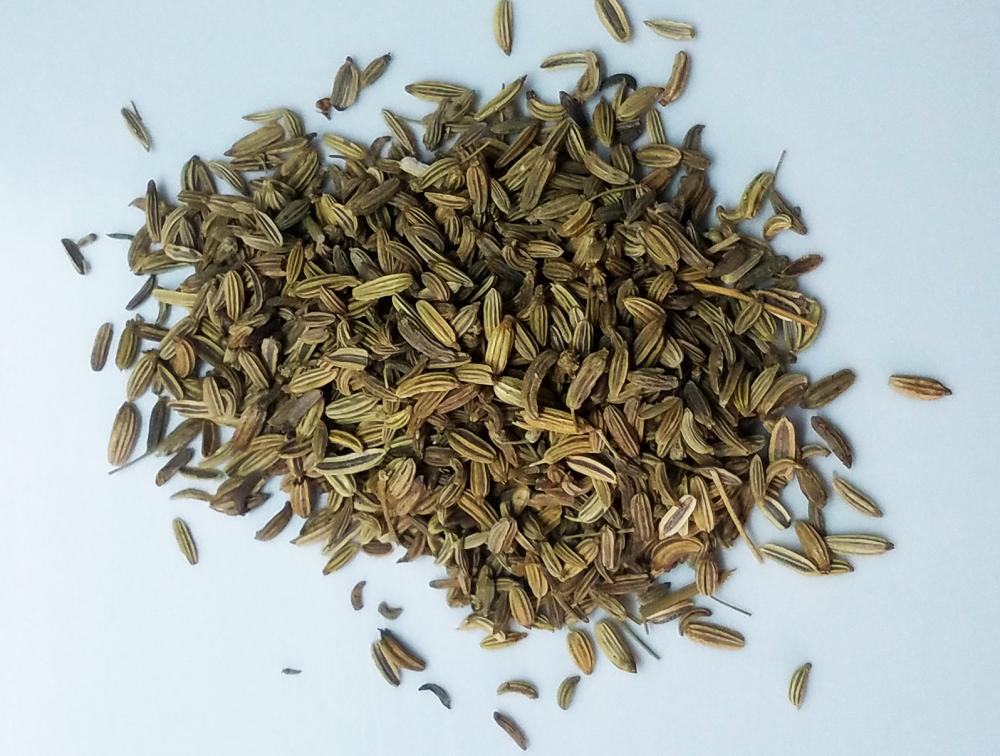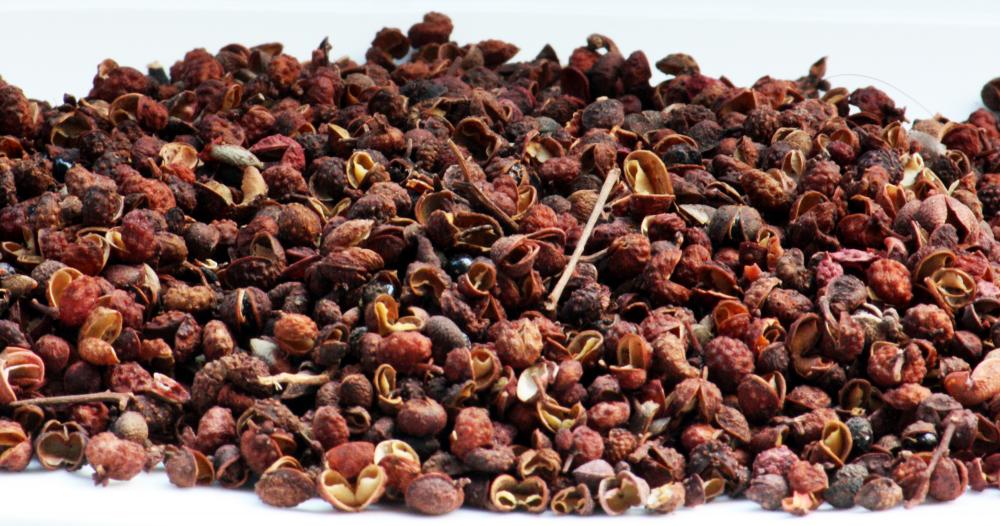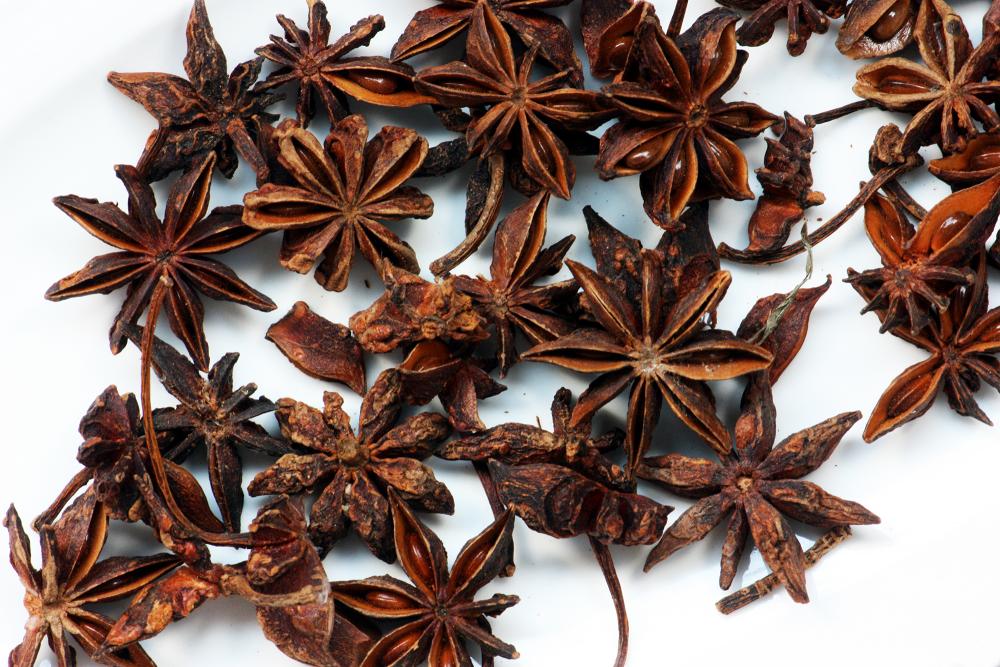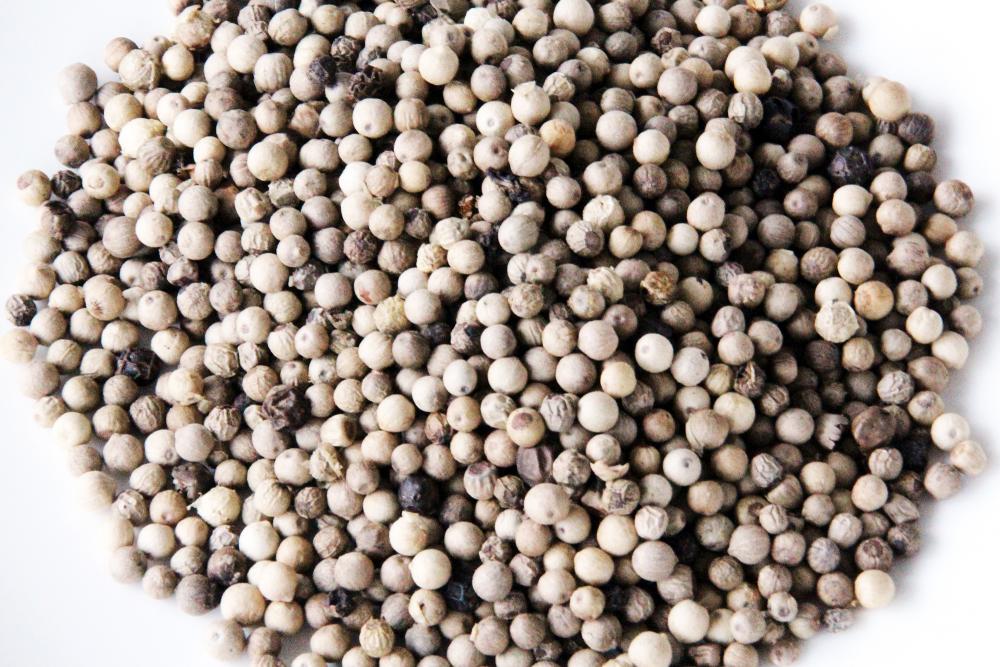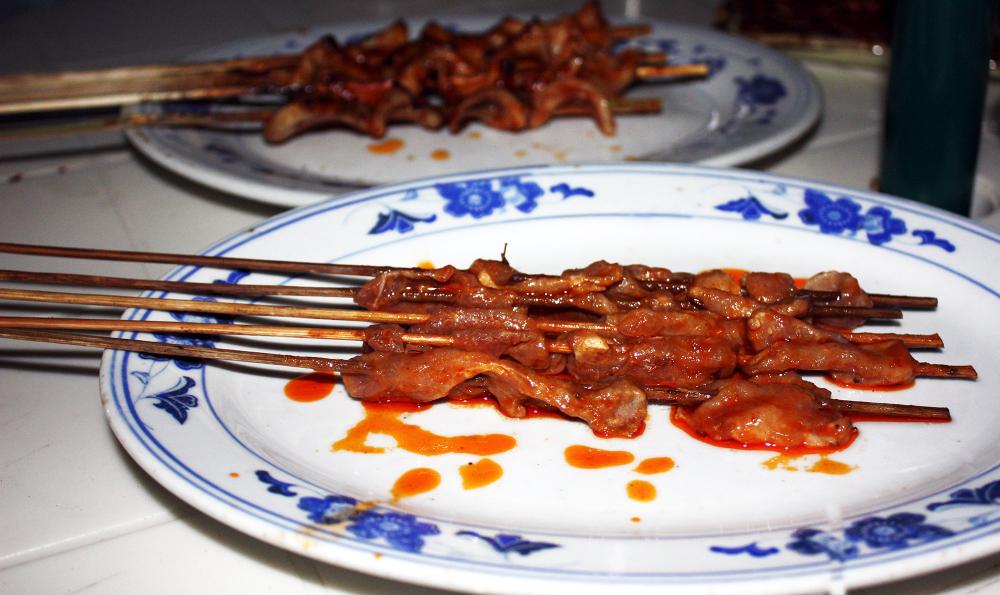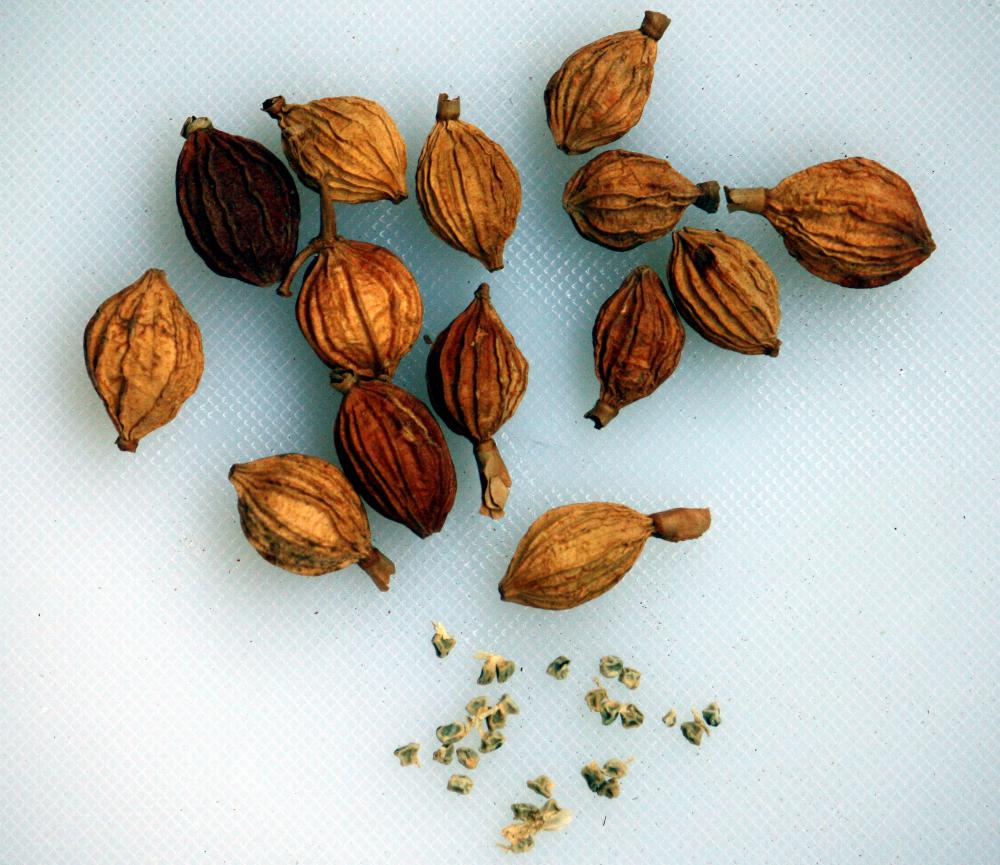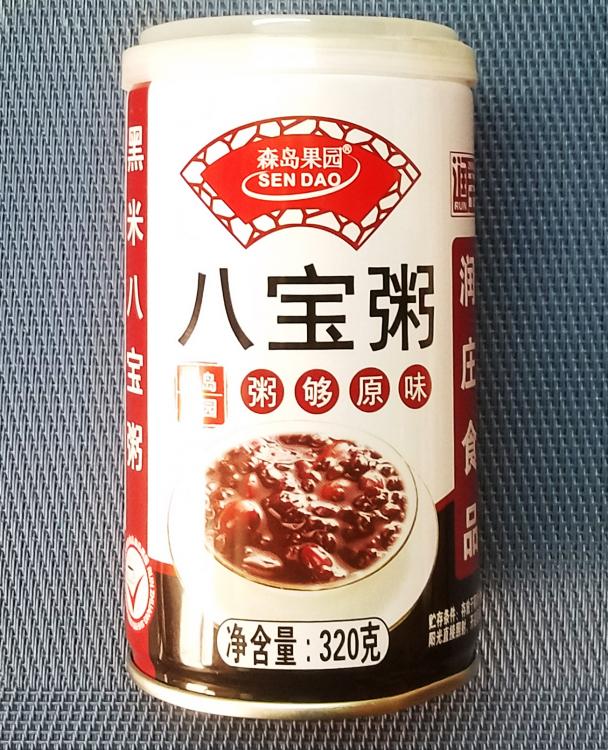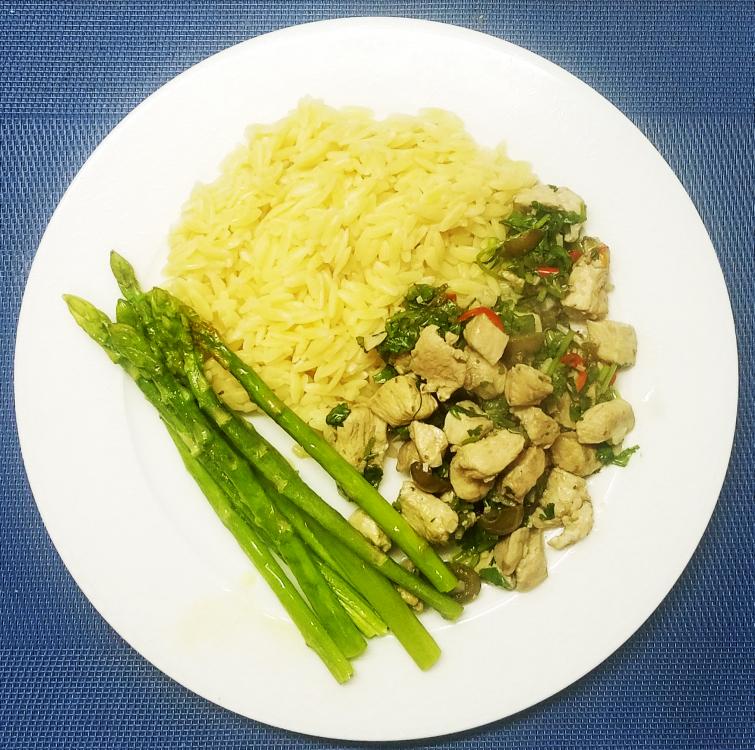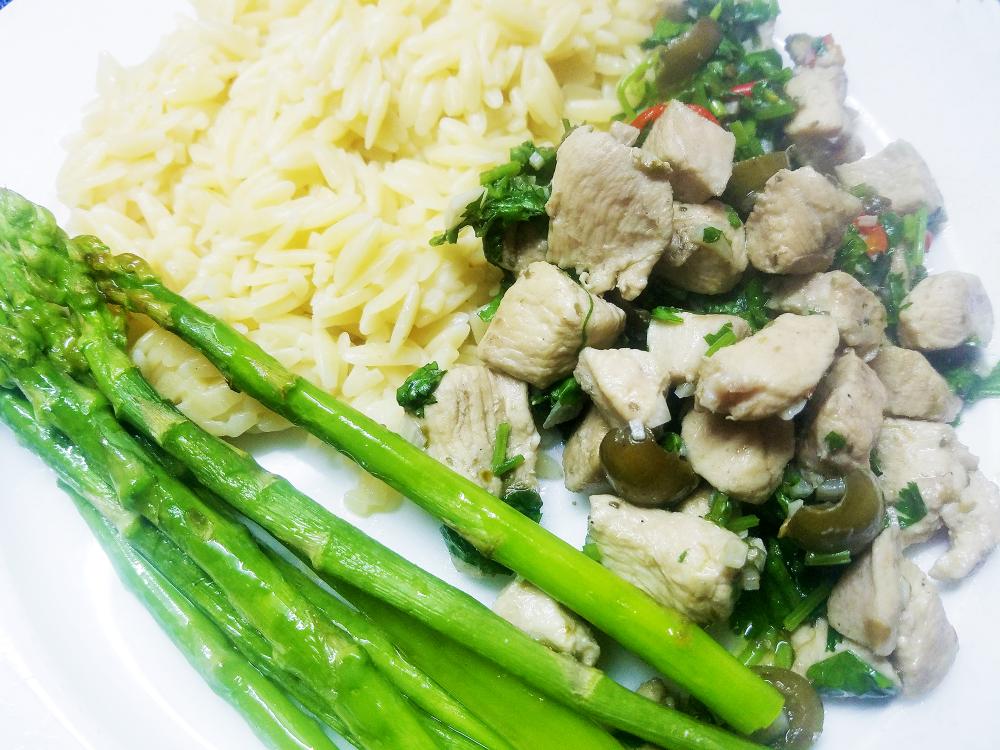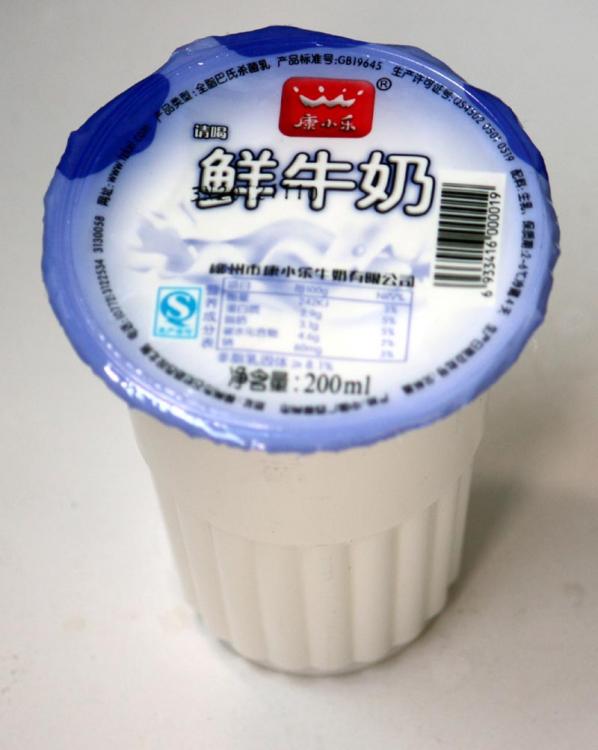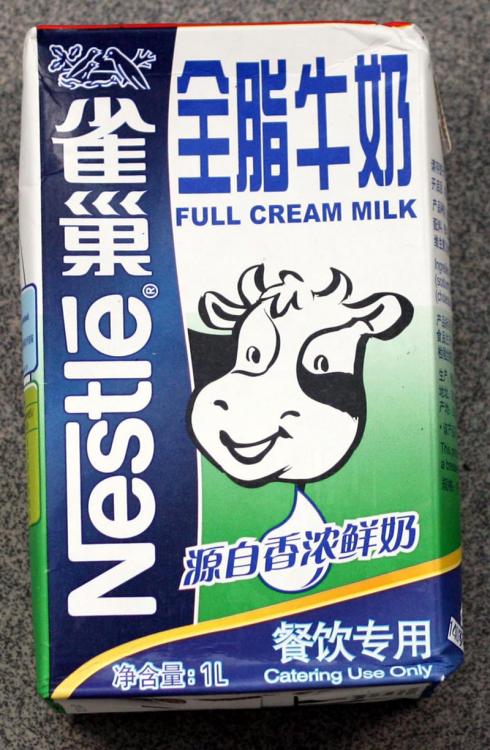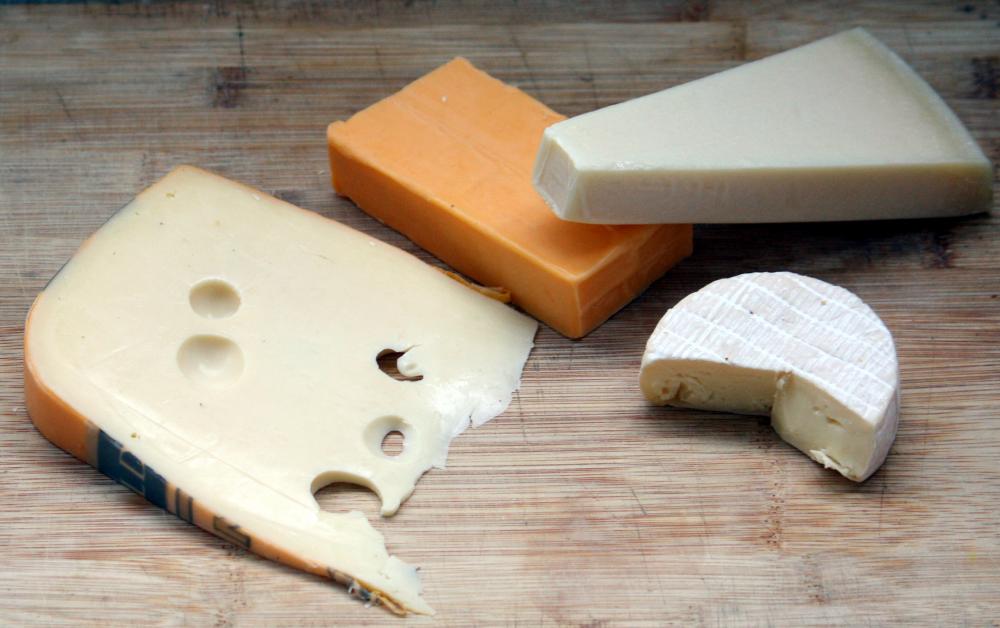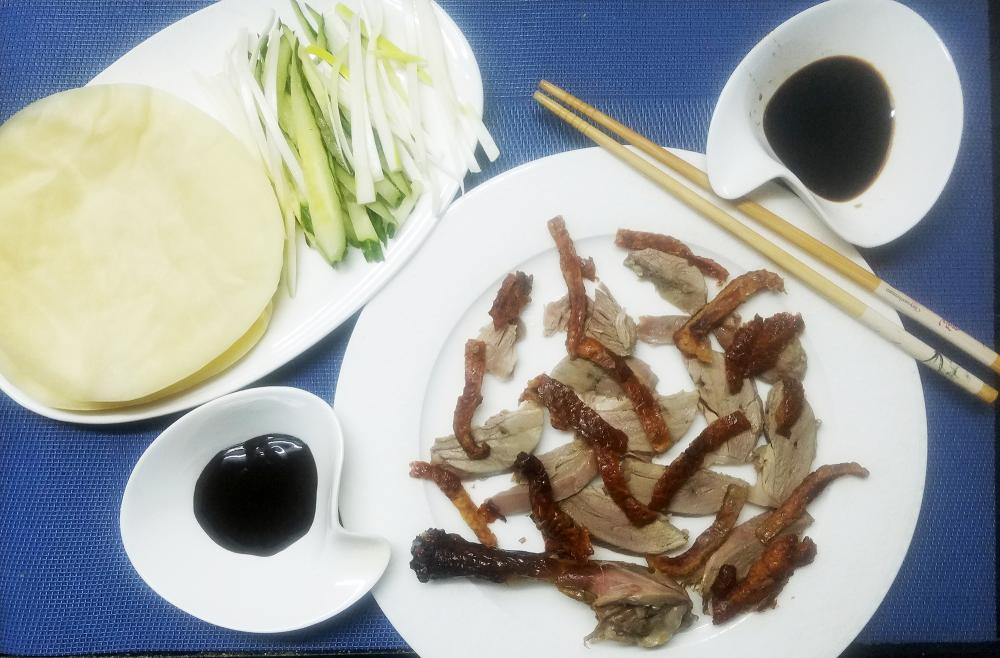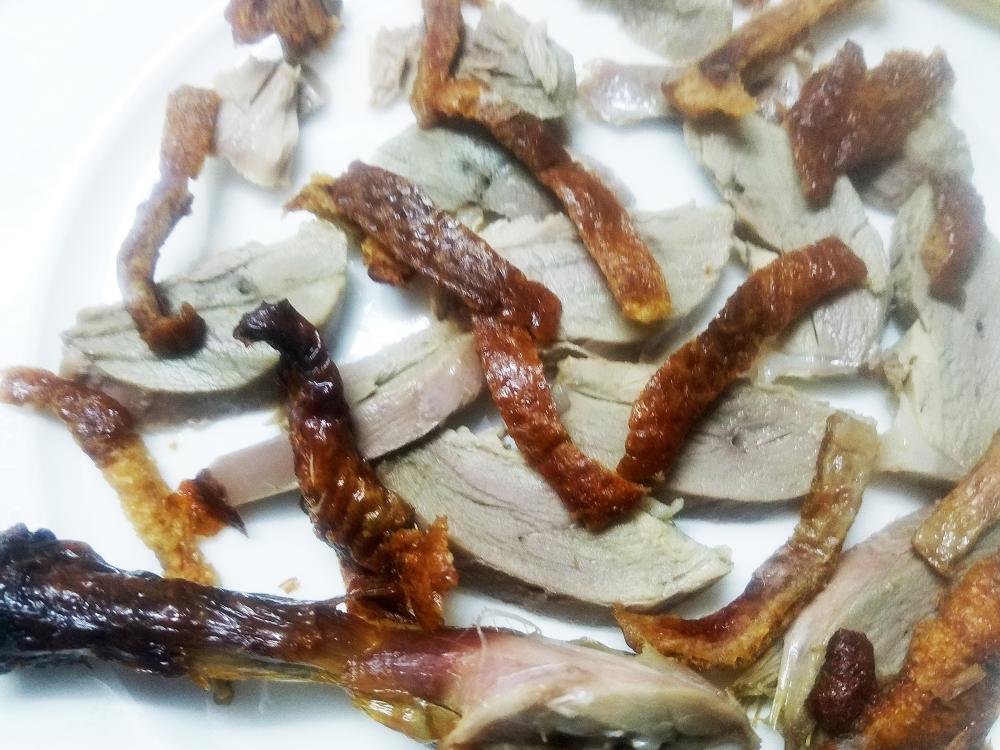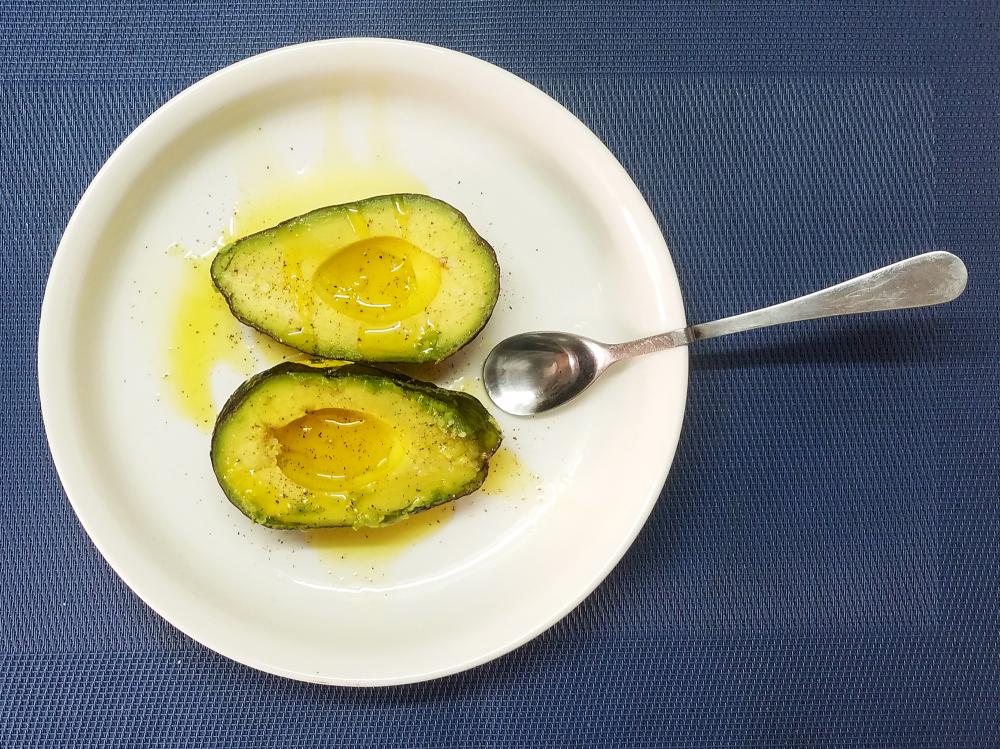-
Posts
16,728 -
Joined
-
Last visited
Content Type
Profiles
Forums
Store
Help Articles
Everything posted by liuzhou
-
I know that lactose intolerance is world wide, but as I said, the extent to which it applies to China is greatly exaggerated by some people in the media and online. The supermarkets wouldn't carry so many dairy products if no one bought them.
-
To clarify, commercial slaughter and sale of dog meat is illegal in Switzerland, but farmers are allowed to slaughter dogs for personal consumption. But that is kind of irrelevant. I guess it's not a regular thing here in China, too. In 25 years, I've only had it three times, I think. And I only used Switzerland as an example. I could have used many others. Some Native Americans eat it as do many countries across Africa and Asia. It was also eaten in many countries during the two World Wars when food was in short supply.
-
Not really. They just seem to attract similar clienteles. Yes. To help bash the cleaver through the tougher parts. I have one in my kitchen, but never used it on alligator.
-
to sum up Eating certain animals will attact penalties ranging from having your leftovers confiscated (the police will take them home and eat them) to life imprisonment for killing and eating a tiger. Eating a panda will get you the death penalty. It has happened. Also a lot of the myths are caused by visitors misunderstanding what they see, by the media and by racists setting out to denigrate. One visitor a few years back wandered away from me and saw a stall set out with dead rats. She rushed back and said, "How disgusting! They eat rats". The stall was selling rat poison and the dead rodents were beng used as testimony to the poison's efficiency. The rats were not for sale. She still went home and told the tale the way she saw it. I think that's it. I'm off to eat a nice stewed Sichuan style braised rabbit head.
-
other strange things I also think some of China's misplaced reputation for weird food is that it is very much a head-to tail-cuisine. As are most other countries. Again, for China, this largely rises from food scarcities in the past and a culturally ingrained abhorrence of food waste. Waste not; not want. So the butchers' stalls are going to have things that in the some western countries are only used in pet food, if at all. Pigs are used from face to feet taking in their intestines part way. I've spared you the eyes. Chickens are eaten from cocks' comb to feet taking in testicles in passing Cattle are eaten not just for steak or other flesh cuts, but also the udders, penises and other parts the animals never knew they had are eaten. Ox Penis This combines with a healthy lack of squeamishness and an easy acceptance that meat is from animals, unlike the plastic packed, anonymous looking meat in many western supermarkets, which bear as few signs of animal as possible. I'm not posting these images to shock anyone, although I realise they may do some people, but rather to suggest that this is actually more normal than not. It isn't Chinese food that is weird; it is western food.
-
Strange food contined. Probably the strangest (to me) thing I have seen in a supermarket in China was this. 鳄鱼 - è yú - alligator. I have eaten alligator steaks as people do in many places and liked them, but I'd never seen the beast like this. You'll notice the butcher is removing the head. This is considered medically beneficial and is the most desirable (and expensive) part. They only ever had two, then went back to selling pork, beef and lamb. Alligator is now on the banned list. Another popular meat in restaurants here is snake meat (蛇肉 - shé ròu). Again not for sale in supermarkets, but often in farmers' markets. Snake Soup This is often served at wedding banquets as it's thought to be an aid to fertility! It's also delicious. Again, snake is not only eaten in China, but everywhere there are people and snakes. However, the largest snake breeding project in the world is right here in Guangxi. Snake meat is not on the banned list. to be re-continued after I have a rest!
-
8. The Chinese eat wild animals and other strange things. Let me separate the two. First, wild animals. Yes some Chinese people eat wild animals, but very, very few people do so. No more than other countries and in some instances a lot less. Once upon a time, everyone ate wild animals until they hit on domestication! Today, wild animals are eaten in almost every country. Hunting is a favourite sport among many people and members here regularly eat and hunt wild animals. I eat wild fish and seafood. The only wild meat I've seen in supermarkets has been rabbit. Not so strange. When people complain about China in this way, they probably mean "exotic" wild animals. That is rather meaningless. Exotic just means different, foreign. Chinese people think we eat exotic food! Most of the people who do eat these meats are elderly folk who remember Mao's Great Famine in which between 18 and 45 million died (estimates vary) in the late 50s/early 60s. To survive they had to eat anything they could find or catch. Also, Chinese Traditional Medicine (TCM) considers many animals to have medical benefits. Most of these are nonsensical, but the elderly and uneducated often believe them. Following the SARS pandemic in 2003, a long list of animals was compiled and they were made illegal to eat. Qingping market (青平市场 - qīng píng shì cháng) in Guangzhou (Canton) was notorious for the number of "exotic" animals it sold. Now it doesn't, depending on what you consider to be "exotic". Similarly, in light of Covid, this year a further list was issued, admittedly too late. Then I must come to dog meat (狗肉 - gǒu ròu). One thing to be said is that, despite popular myth, the dogs sold are not stolen pets - the vast majority are farmed specifically for food. The annual dog meat festival in Yulin (near here) was originally just a lychee festival, the area being famous for that fruit. Some dog farmers and restaurants decided to attach themselves to the event and thanks to PETA, the extremist animal rights group, which gave them worldwide free publicity with their usually fake propaganda, it became more popular! Still. PETA kills more dogs a year than Yulin does. Today, the dog side of the event is no longer so popular. I have several friends from Yulin - none of them eat dog. There are a few dog restaurants here in town. I pass this one almost every day. Its clientele seems to be mostly middle aged men in large groups getting drunk. In the morning, the car park, which I walk through as a shortcut to the market, is littered with tart cards, suggesting that it's all rather seedy. I've never been inside the place! The market I'm going to doesn't have dog meat or anything out of the ordinary. Others do. I've never encountered the meat in any supermarket. Today, there is a huge, new middle class tendency towards pet ownership, with an accompanying disquiet or even revulsion at dog-eating, with the result that it is becoming less common. Once again, I must point out that dog meat is common in many other countries, some much more so than in China. You never hear about people criticising Switzerland for it, do you? Why not? One last thng to say about dog meat is that I see no moral difference between eating dog meat as compared to eating pigs, sheep or cows etc. Any objections are usually emotional. I have eaten it, but would never go looking for it - the truth is it just isn't very palatable. Carnivores never are. Moving on a bit, cat meat (猫肉 - māo ròu) is sometimes eaten but that is even more rare. I've only ever encountered one restaurant openly selling catmeat, although I have seen cats being sold for food in markets. Restaurant selling lamb and cat meat I have never eaten cat and never knowingly would - an emotional decision. I have seen cats butchered on market stall counters. I'm not directly posting a picture here out of respect for some people's feelings but one scan of a picture I took in Guangzhou in 1996 is here. to be continued
-
Garlic and ginger are in everything! I just don't class them as spices. Garlic powder and ginger powder is not used, only fresh.
-
7. Five Spice Powder is the most used spice product in China No! It aint! Spend some time going through Chinese recipes or YouTube videos on the internet, as I did earlier today, and you will see that about 90% insist that you need 5-spice powder. That will come as a huge surprise to the 90%+ of the Chinese population who never or very seldom use it. Sure, it is used in some specific dishes, mostly (but not exclusively) Cantonese. So, I thought I'd rant and vent about FSP, but suddenly got this feeling of déjà vu and realise I'd done so already - on this topic. So, instead, I'll mention what are the most common spices. In alphabetical order: Cardamom Used in most hot pots and stewed type preparations. Cassia Bark Also used in most hot pots and stewed type preparations. Cloves Used in many situations. Usually ground Cumin Seed I'm going to say this is the most common. Used all over China from Xinjiang to Hunan. Especially in Xinjiang style lamb kebabs, sold in night markets and restaurants everywhere. Fennel Seed Mainly used in spice mixes, but also in hotpots etc. Sichuan peppercorns Of course, used in many famous Sichuan dishes, but also further afield, such as in Xinjiang's Big Plate Chicken and in many Hunan dishes. Star Anise Used extensively for umami in hotpots, stews etc. I use it in ragus and other western dishes, too. White Pepper China's go to pepper. Black pepper is less common. The main source of heat in Sichuan, Guizhou, Hunan before the introduction of chillies in the late 16th century, although their use did not become popular until the 18th century. Still today, the heat of Sichuan hot and sour soup comes from lashings of ground white pepper. Several of these are used in 5-spice powder, but probably more often on their own.
-
Of course, if you fail to get up early (as I usually do), you can always pick up a can of congee in any supermarket or convenience store. This is but one of many. Eight treasure congee (with black rice).
-
I had to go out early this morning, so I caught this lady around 7 am selling her congee for breakfast. Small 2 yuan; large 2.5 a bowl. (30 / 38 cents USD)
-

Lox: Is there anything it can't do? Well, yes, at least one thing.
liuzhou replied to a topic in Food Media & Arts
Very misleading title. "The English Word That Hasn’t Changed in Sound or Meaning in 8,000 Years". English is only around 2,000 years old. Also, there is no mention of the word 'lox' appearing in print in English unti as recently as 1941! There is also evidence that it was also prononced 'lax' in the past. -
-
More dairy. A roundup. I never buy the yoghurt on offer. It is oversweet and very watery, but that's how they like it. I make my own. I buy this fresh milk from a local bakery. It is from cows raised in Liuzhou. The milk is rather low in fat, so I add some When I'm too lazy to go to that bakery, I buy this instead from a local corner shop. I failed to mention that there are also a number of hawkers selling milk products on the streets, especially in the mornings. This one hangs around outside the Traditional Chinese Medicine Hospital. She has been there for years, so must be making some kind of a living. All she sells is milk and bottled water. Maybe finally (probably not), my cheese platter a couple of Christmases past. All bought in China.
-
Dairy continued. Also hugely popular in recent years is milk tea (奶茶 - nǎi chá). All these outlets on just one street are selling it! They are very busy in the evenings, but I took these pictures early in the morning, so not many customers in sight. and of course, still on the same street, Micky D gets in on the act selling milk teas and ice cream (also dairy!) from two kiosks. Here is one. to be continued.
-
6. The Chinese don't do dairy! Ha! Ha! Ha! They most certainly do! Every supermarket in town's largest amount of aisle and floor space is full of dairy products. Milk (牛奶 - niú nǎi or 乳汁 - rǔ zhī), yoghurt (酸奶 - suān nǎi), cheese (奶酪 - nǎi lào or 芝士 - zhī shì). You name it. Here are some pictures of the dairy section in just one of the supermarkets. Now, why would the supermarkets dedicate so much valuable space to stocking something no one wants? They aren't that stupid. Who is buying it all? Millions of lactose intolerant people? Historically, most Chinese people didn't do dairy (although some did, especially in Inner Mongolia and Yunnan provinces where they have had their own cheeses for centuries). About 20 years ago, it changed dramatically. Health and medical authorities started promoting dairy for its perceived health benefits, including raising calcium levels. It really took off. Pizzas arrived and became hugely popular despite some weird toppings on top of the cheese. Many will remember the China milk scandal in 2008 which resulted in Hong Kong having to ration foreign-produced milk powder to mainlanders who were close to rioting to get the stuff. It is often claimed that most people in China are lactose intolerant. Nearly all who claimed to be so were self diagnosed and actually just weren't used to dairy or didn't like it. Lactose intolerance is a diagnostically detectable medical condition, not a fashion! to be continued
-
Maybe later.
-
No. Just rinse them.
-
What @KennethTsaid.
-
I did have a toaster oven but it died a few months back and I haven't gotten round to replacing it yet. I do have a low powered microwave (400W) and use it. I put the skin between two sheets of kitchen paper and nuke it for two minutes on full power.
-
It is almost always home made - usually daily. I've only ever seen it once in a supermarket.
-
Store bought/cooked Beijing Duck. On the large round plate is the duck meat with re-crisped skin. The smaller plate has the pancakes for wrapping and cucumber, mooli radish and scallions. The sauce bottom left is plum sauce - not hoisin sauce!!! And because I'm strange some soy sauce top right for dipping the assembled wraps. The carcass and neck etc are in the fridge to make duck stock tomorrow.
-




